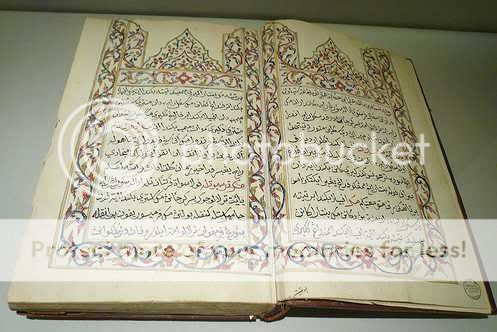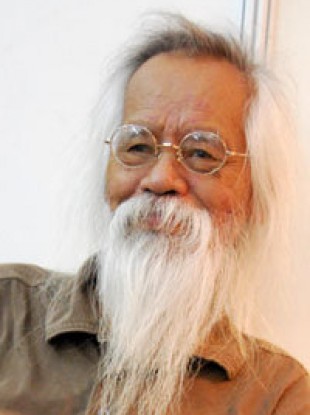While Malaysian art is similar to the art of other
nearby countries and cultures, it has its own distinct styles. And even within
Malaysia, each region has its own distinct variations. In the rural areas,
handcrafted woven baskets are common. Because many people practice Islam, and
it’s forbidden to depict prophets and deities in Islam, most of the baskets and
tapestries are decorated with colorful patterns and geometric shapes rather
than people. It’s also common to find elements of nature like flowers and grasses.
Malaysia is known for its textiles, namely in the
practice of songket, pua kumbu, tekat, and other traditional patterned batik fabric.
Each style is a variety of dying threads and weaving them. For example, batik
is generally based on dying techniques with different strands of thread, and
songket uses various metallic threads. Jewelry is also popular and often uses
gold or silver, adorned with gems, beads, or pieces of leather, depending on
the region.
Clay pottery is an art dating back to antiquity.
The shape of each piece depends on its purpose. Woodcarving is also an old art
in Malaysia and one surrounded in superstitions and rituals. Although some
areas of eastern Malaysia are known for wooden ceremonial masks, woodcarving is
far more used as ornamentation. Woodcarvers spend years learning to have a
special bond with the wood. The buyer also has to have a special bond with the
wood as well, so there are several rituals that carvers and buyers go through
just to get started on a project. It’s like dating or something.
Because Malaysia is so multicultural, you can also
see its diversity come out through its arts and especially its architecture.
Chinese and European architectural styles certainly had its effects on its
buildings, and there are many Indonesian styles utilized for the purposes of
simply being a tropical country. One example of this is the houses on stilts
with large windows that can be opened and tall roofs to allow for air flow. Indian
and Middle Eastern influences are seen in colorful tiles and large courtyards.
Literature in Malaysia is mainly written in the
Malay language. Before written language was introduced in the form of Jawi (the
Arabic-based script used for Malay), stories were told orally. But afterwards,
they began to write down these stories that were mainly based on Hindu and
Buddhist moral stories.
Poetry is an art practiced in Malaysia. There are
three main types of Malay poetry: mantera (like a mantra), the syair (4-line
stanzas rhymed a-a-a-a), and the pantun (quatrains with 8-12 syllable lines).
The earliest known works include Sejarah Melayu and Hikaya Rajit Pasai, both written during the 15th
century. Up until the 19th and 20th centuries, literary
topics tended to involve religion or stories from the courts. The 20th
century brought about some significant changes in Malaysian literature. The
government classified Malaysian literature into three categories: literature
written by Malays in the Malay language (called “national literature”),
literature written by Malays but in Chinese, Tamil or another regional language
of the country (called “regional literature”), and literature written in any
other language (called “sectional literature”).
The latter part of the 20th century
brought about a change in topics. Race, the economic state, and everyday life
were becoming an important part of Malaysian plot lines. Female authors were
starting to emerge as well as the expansion of literature in other languages
like Chinese and English. Some names of writers to look for if you’re interested
are A. Samad Said, Abdullah Munshi, Abdul Rahim Kajai, Harun Aminurrashid, Abdullah Sidek,
Ishak Haji Muhammad, Usman Awang, Poesy Liang, Khoo Kheng-Hor, Khasnor Johan,
Huzir Sulaiman, Fatimah Busu, Abdullah bin Abdul Kadir, Ee Tiang Hong, and
Abdullah Hussain.
Up next: music and dance






No comments:
Post a Comment